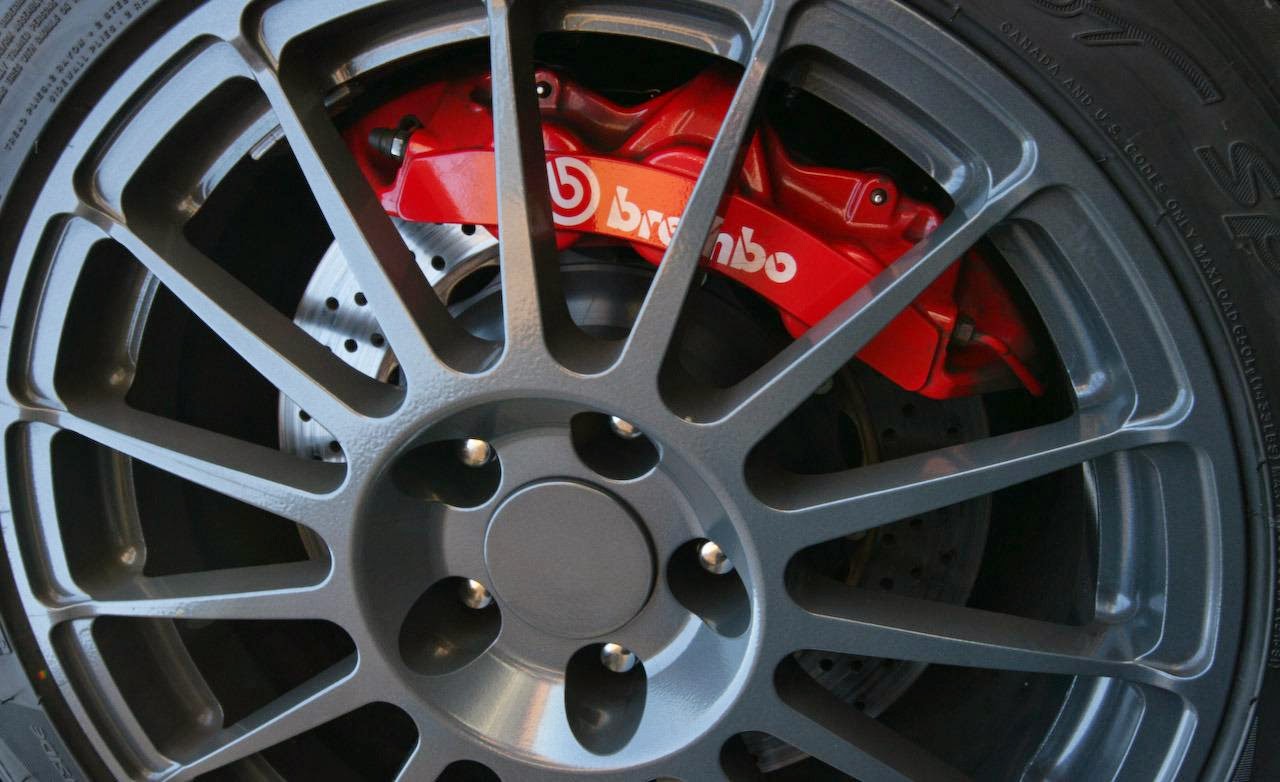Imperial is the most important fast fashion brand in Italy. Fast fashion is a production type that brings clothes from the abstract creative idea to the store's hangers in few days. The world's leaders are the Spanish Zara and the Swedish H&M and they can keep affordable prices because of the outsourcing.
In Italy, Imperial's founder Adriano Aere had find a way to combine affordable prices with fast production and italian quality. How? He relies on supplier and manufacturers placed near his headquarter in Bologna. His partners are all located in a small area of 100 km so this can guarantee the speed of communications and productions.
Imperial was created in 1978 but achieved success only in last years by adjusting to the new paces of markets. The headquarter is a 6.600 square meters open space without offices and walls where are currently working a hundred people while another hundred works in the 80 monobrands stores all over the world.
The grunge and rebel style of Imperial is integrated with Please, a more romantic brand that focuses especially in denim processing, and Dixie the last acquisition of the brand.
They create about 50 new clothes every week, an amount of 8 millions pieces produced per year! In 2014 Imperial had a 200 millions turnover and its expanding success is leading the brand to eastern markets.
IMPERIAL, UN IMPERO IN ESPANSIONE
Imperial è attualmente uno dei pochissimi brand di fast fashion italiani. Con fast fashion si identifica un modello produttivo ad alta velocità per cui i capi passano dalla progettazione dell'ufficio stile alla distribuzione nel punto vendita in pochissimi giorni. Impressionante vero? I due maggiori colossi di questo sistema sono la spagnola Zara e la svedese H&M che riescono a rifornire i loro negozi ogni settimana con delle nuove collezioni, ma che per mantenere dei prezzi accessibili sono costretti a delocalizzare la produzione.
In Italia però il primato tocca a Imperial che ha chiuso il 2014 con un fatturato che supera i 200 milioni. Come ci riesce? Semplice: il suo ideatore Adriano Aere ha trovato il metodo perfetto per garantire prezzi modici unendo la velocità produttiva alla qualità del Made in Italy, affidandosi a fornitori e produttori a km zero. L'azienda di Aere è situata nei pressi di Bologna e i suoi terzisti sono tutti fisicamente vicini (nel raggio di 100 km) nell'area tra il capoluogo emiliano, Faenza e Forlì.
Nata nel 1978 al Centergross di Bologna (un importante centro per il pronto-moda italiano) Imperial è però riuscita ad ottenere un vero e proprio successo solo in anni recenti, quando captando il cambiamento in atto è stata capace di adattarsi ai nuovi ritmi del mercato. Il quartier generale è un open space di 6.600 metri quadrati dove non ci sono uffici o pareti ma solo scrivanie e appendiabiti. Attualmente la ditta conta circa 200 dipendenti di cui una metà operante negli 80 punti vendita monomarca sparsi nel mondo.
Allo stile ribelle e rock del marchio principale si aggiunge anche un secondo brand, Please, con uno stile più romantico e concentrato soprattutto sulla lavorazione del denim. Recentemente è stato acquisito anche il marchio Dixie, per ampliare ulteriormente l'offerta e la varietà di proposte. Con un ritmo di 50 nuovi capi a settimana e un totale di 8 milioni di pezzi prodotti l'anno, il brand bolognese punta a conquistare nuovi mercati oltre a quello europeo, mirando ai Balcani e alla Cina.

click here for more: http://www.imperialfashion.com/it/













































.jpg)



